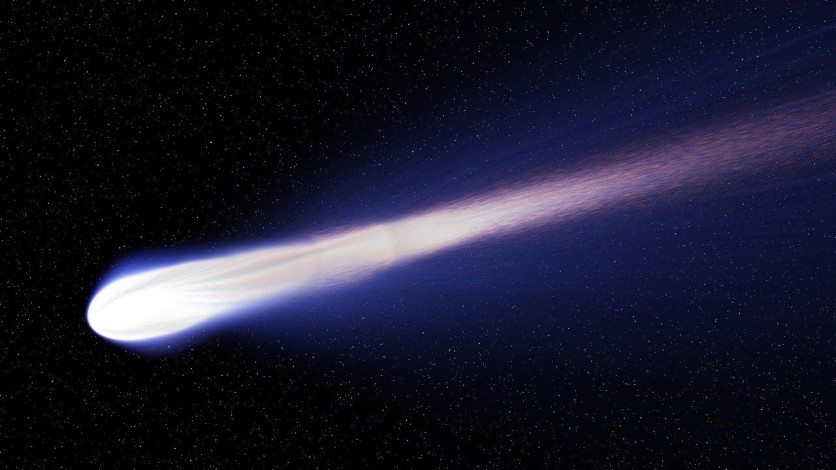Oh no, a comet that traveled light-years across space before winding up in the Solar System has reached its dead end. New data show that the 2I/Borisov is falling apart.

A notice posted to Astronomer's Telegram noted the comet has broken into at least two pieces. New York Post also reported a group of researchers from Poland has pointed out that the object has brightened up twice this month.
"Images from UT 2020 March 23 show a single inner brightness core, like that observed in all previous HST images of 2I/Borisov," wrote a team of astronomers led by David Jewitt of the University of California Los Angeles.
In contrast, the astronomers said images from UT 2020 March 23 show a single inner brightness core, like that observed in all previous HST images of 2I/Borisov.
ALSO READ: Astronomers Spot First Interstellar Visitor From Outside The Solar System
No sign of surprise in the past
This isn't always in any sign a surprising turn of events. Astronomers had been avidly looking the comet following its closest method to the Sun, or perihelion, on December 8, 2019.
Scientists said the behavior is strongly indicative of an ongoing nucleus fragmentation. Space.com reported 2I/Borisov's approach toward the Sun is possible.
Astronomers were observing and waiting to see whether or not 2I/Boriso would hold on its way, or come to a stop its long journey here. Comet 2I/Borisov is the second one interstellar object observed, following the mysterious cigar-formed Oumuamua, which was discovered in October 2017.
Comet brightened significantly twice, researchers claim
Researchers lately theorized that 21/Borisov might be intercepted the usage of existing technology to see what material, if any, has been picked up from other solar systems.
And positive enough, last month, it appeared the latter was the case. A group of Polish astronomers led through Michal Drahus, and Piotr Guzik of Jagiellonian University noticed that, in early March, the comet brightened significantly, two times in some days. This behavior, they claim, was "strongly indicative of an ongoing nucleus fragmentation."
According to these new observations, as of at least March 28, the comet is now in bits.
"The double appearance, indicating the ejection of a nucleus fragment, is confirmed in HST data from UT 2020 March 28," Jewitt's team wrote.
So far, observations have found that the comet's shade and composition are, in fact, very much like comets from the outer limits of the Solar System. This is thrilling, according to astronomers, because Solar System comets ought to have carried a group of the components for lifestyles to Earth. If 2I/Borisov is just like those comets, it pointers that comets may want to have taken such elements to other worlds, too.
Astronomers are clearly going to be retaining an eye fixed on 2I/Borisov. More Hubble observations have been planned to ensure we seize as plenty of its ongoing fragmentation as possible.
Research published in October 2019 suggested the comet could be sporting water on it from past the Solar System. If proven true, that would be the first time water from outdoor the Solar System has been detected.
In November 2019, astronomers captured a picture of the mysterious comet and its impressive tail, which at nearly 100,000 miles long, is more or less 14 instances the size of Earth.
The mystery about its specific nature deepened in late 2018 when NASA stated it was searching on the object for two months and did now not initially see it.
ⓒ 2025 TECHTIMES.com All rights reserved. Do not reproduce without permission.
![Best Gaming Mouse For Gamers With Smaller Hands [2025]](https://d.techtimes.com/en/full/461466/best-gaming-mouse-gamers-smaller-hands-2025.png?w=184&h=103&f=6fd057ef777bd39251d4e7e82e9b23f1)


![Best iPads that Students Can Use in School [2025]](https://d.techtimes.com/en/full/461431/best-ipads-that-students-can-use-school-2025.jpg?w=184&h=103&f=516289300e12e9647ef3d5bd69f49b70)
